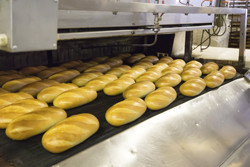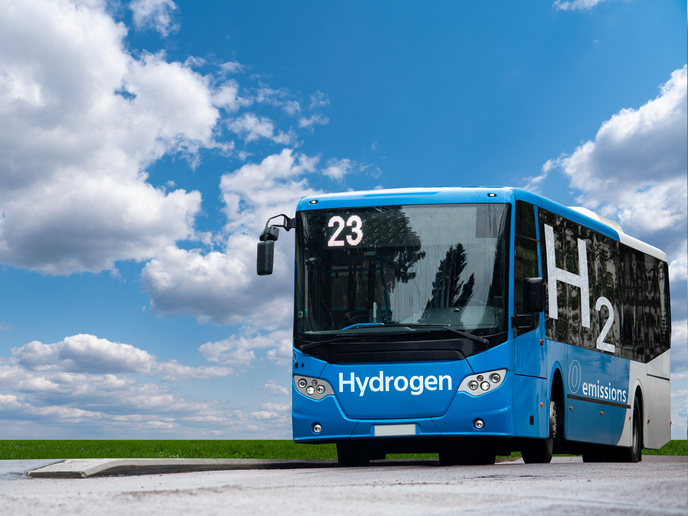Generating heat on demand
The EU is committed to developing renewable energy sources to meet growing energy demands while minimising dependence on fossil fuels that are associated with undesirable emissions. Heating and cooling account for nearly half of EU energy demands. The food and drink sector, dominated by small and medium-sized enterprises, use a significant amount of energy for cooking, sterilisation, drying and space heating. Until now, exploiting solar thermal energy for industrial heating and cooling has been limited by the high temperatures (100–200 degrees Celsius) required for industrial processes. The EU-funded project 'Efficient system to enable storage of high temperature solar heat energy' (SOLCHEMSTORE)(opens in new window) provided the solution with novel materials for the reactor and a unique reversible thermochemical process for heat storage. The process exploits reaction pairs that absorb heat when separated and release it when consolidated. The system will be used to store solar heat as well as recover heat from industrial processes for later use. SOLCHEMSTORE's system design enables the use of different high-temperature heat sources such as Fresnel concentrators or waste heat from industrial processes. The reactor, storage vessels and process control equipment were designed as simple as possible to ensure easy installation and maintenance. Regarding the sorption reactor, new manufacturing methods for silicon reactors and heat exchangers were applied and further developed. In addition, advanced concepts including measures to enhance the mixing of the storage material and optimise heat transfer were developed. The innovative part of the system is its modularity and scalability, which allow it to adapt its performance — storage capacity, and heat power input or output. The system has theoretically 10 times the storage capacity compared to the state of the art, eliminating the need to design bigger structures. Temperature levels for charging with solar or waste heat and discharging are more flexible. Furthermore, the energy is bound through physicochemical processes that almost eliminate thermal losses over time. Except for the food and drink sector, the pharmaceutical, pulping and chemical industries could also see significant reductions in process costs through use of the SOLCHEMSTORE system.







